Signs children are ready for toilet training
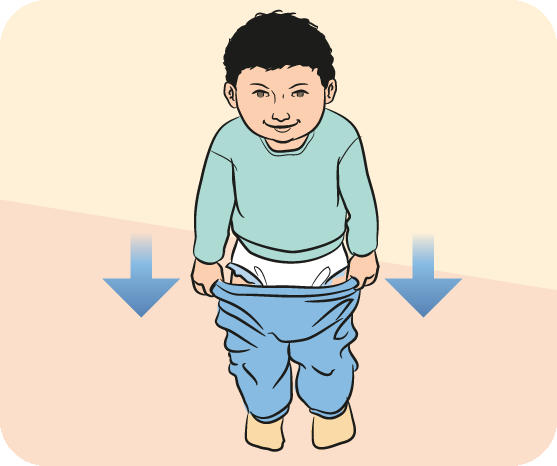
Children might be ready for toilet training if they have dry nappies for 2 or more hours and can pull their pants up and down.
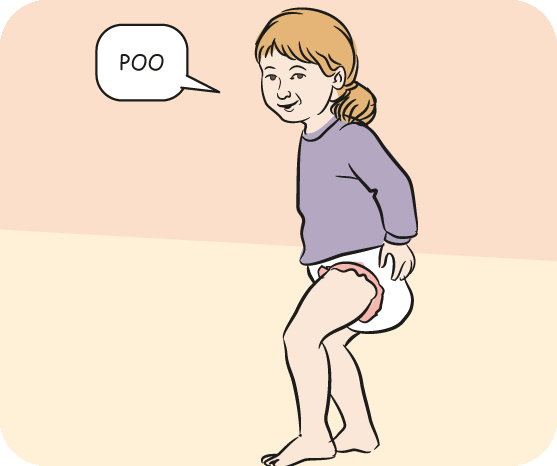
Other signs include being interested in the toilet and wanting to watch you use it. Or your child might tell you when there’s a wee or a poo in their nappy.
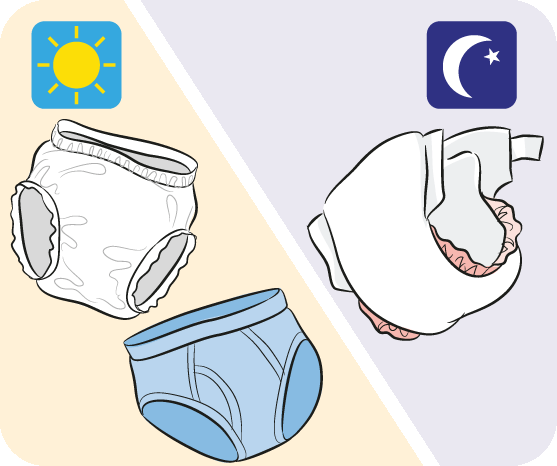
When children seem to be ready for toilet training, try underpants or training pants during the day. For daytime sleeps and at night, use a nappy, absorbent sheet or mattress protector.
Toilet training basics
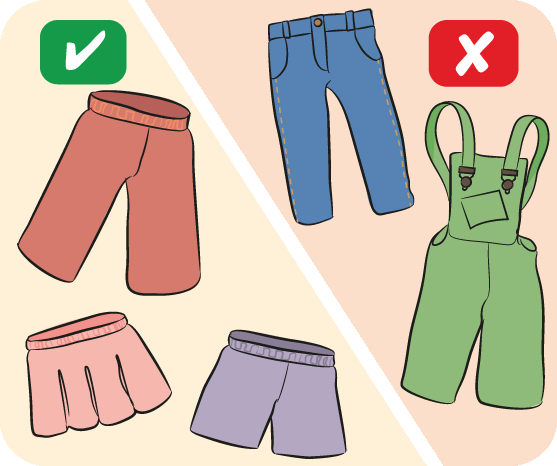
Dress your child in clothes that are easy to take off, like pants, shorts or skirts with elastic waistbands.
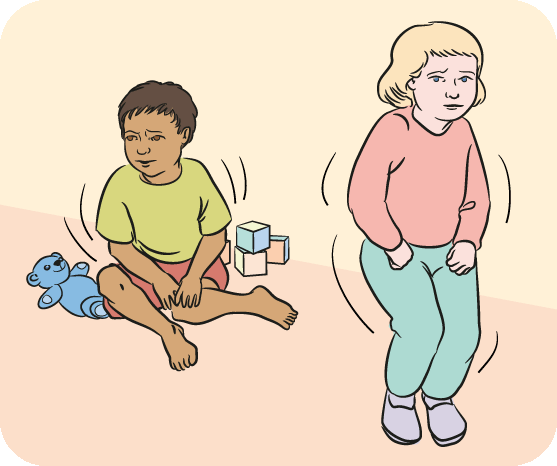
Watch for signs that your child needs to do a wee or poo, like wriggling or holding hands between their legs. Gently remind your child to use the toilet.
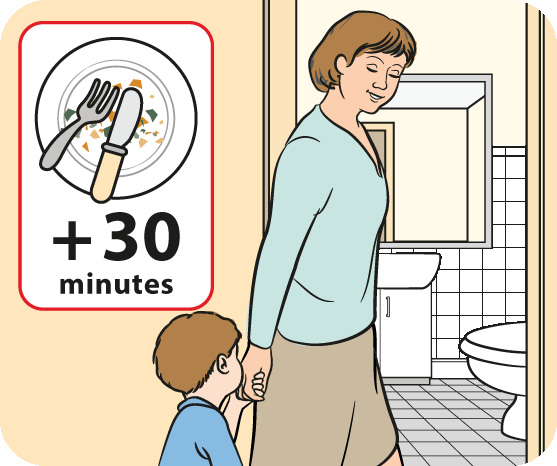
Sit your child on the toilet when a poo is likely – for example, about 30 minutes after a meal. About 3-5 minutes is long enough for your child to sit.
Good toileting habits
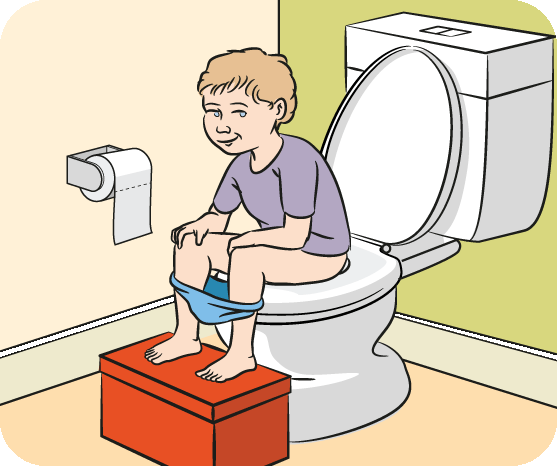
Sit your child on the toilet with feet and legs apart. Your child should lean forward with a straight back. You can use a footstool to support your child’s feet.
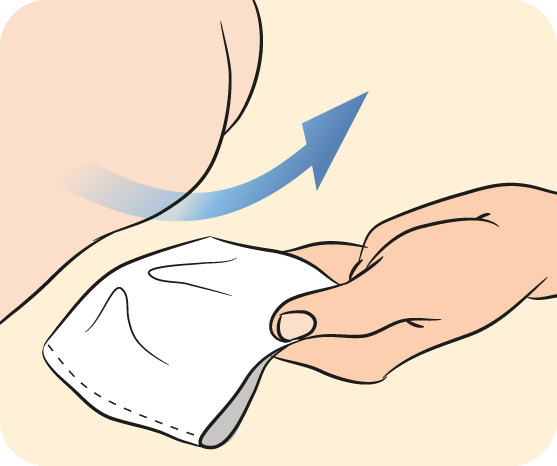
Wipe your child’s bottom or help with wiping. Ask your child to bend forward. Always wipe from front to back. If wee or poo gets on the toilet or floor, clean up without fuss.
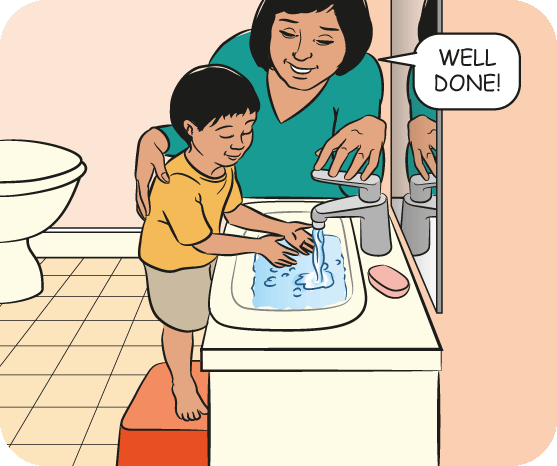
Help your child to wash hands after using the toilet. Praise your child for using the toilet. If you’re concerned about your child’s toileting, speak to your nurse or GP.
Languages other than English
- Arabic (PDF: 322kb)
- Dari (PDF: 335kb)
- Dinka (PDF: 358kb)
- Hakha Chin (PDF: 282kb)
- Karen (PDF: 304kb)
- Persian (PDF: 335kb)
- Simplified Chinese (PDF: 323kb)
- Swahili (PDF: 280kb)
- Tamil (PDF: 367kb)
- Vietnamese (PDF: 286kb)